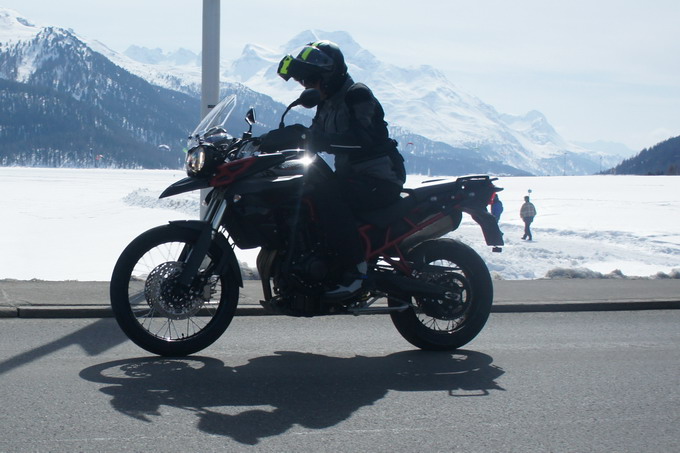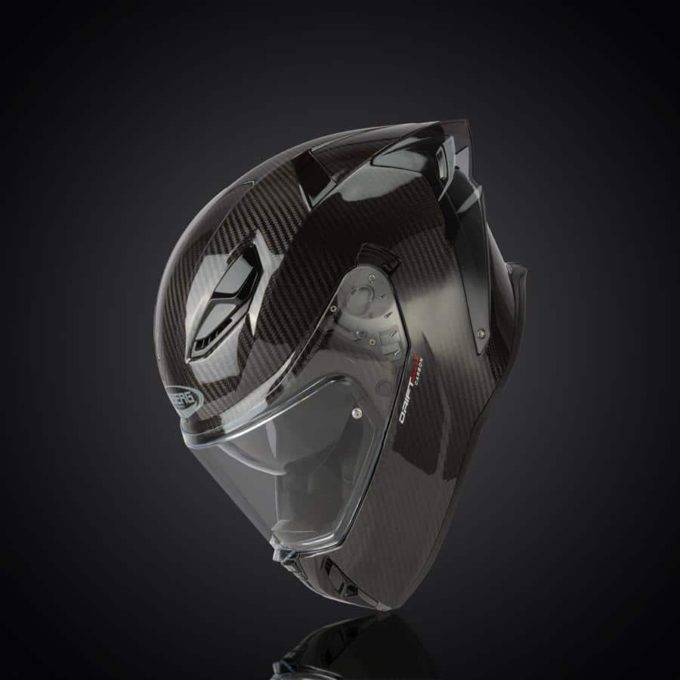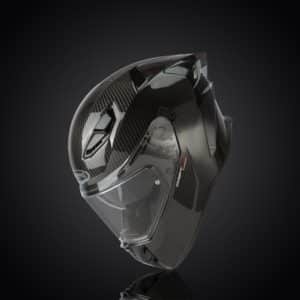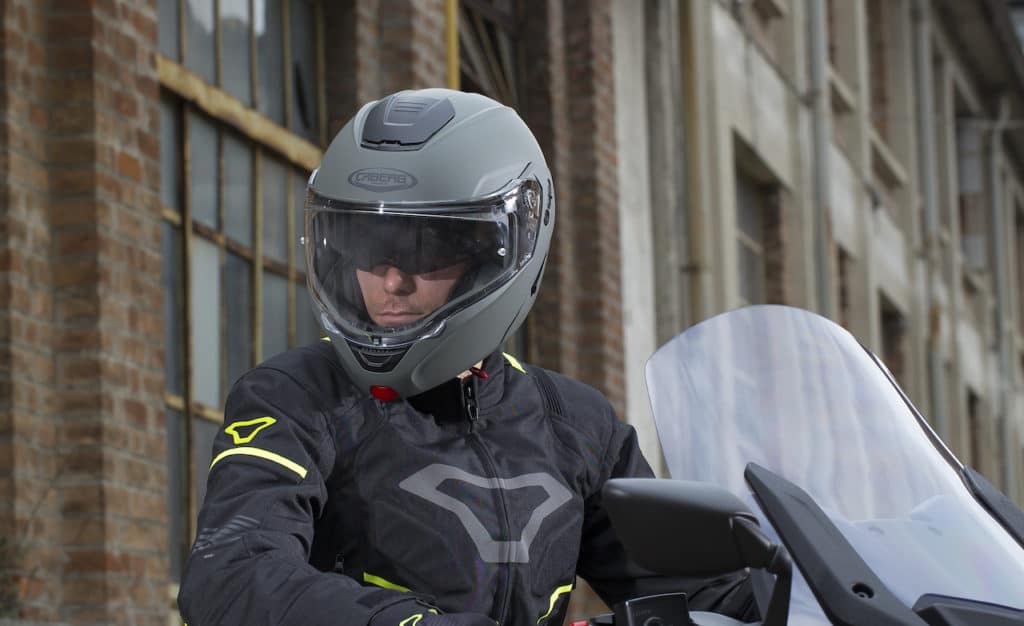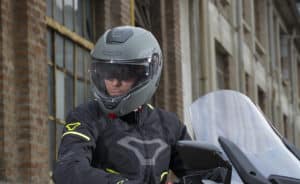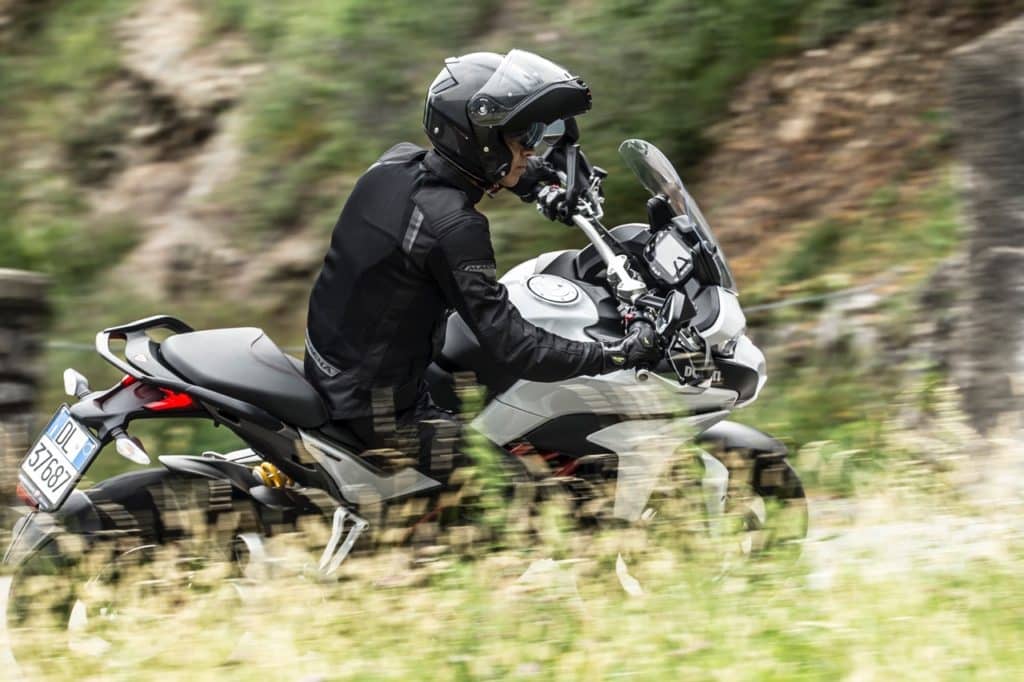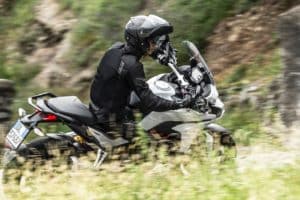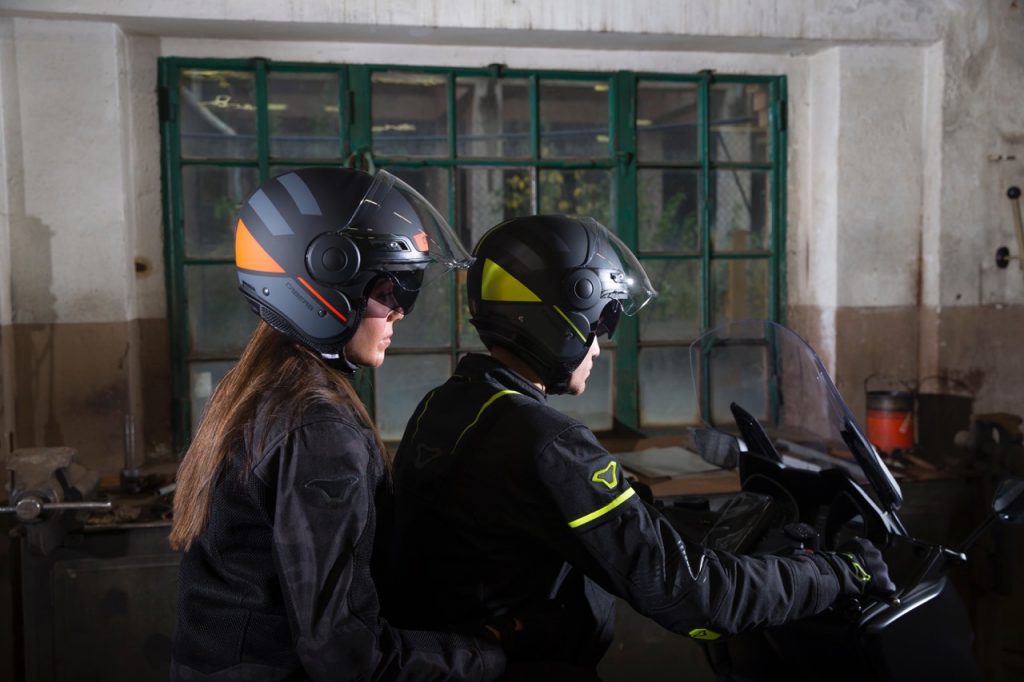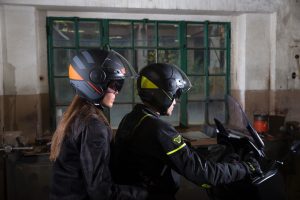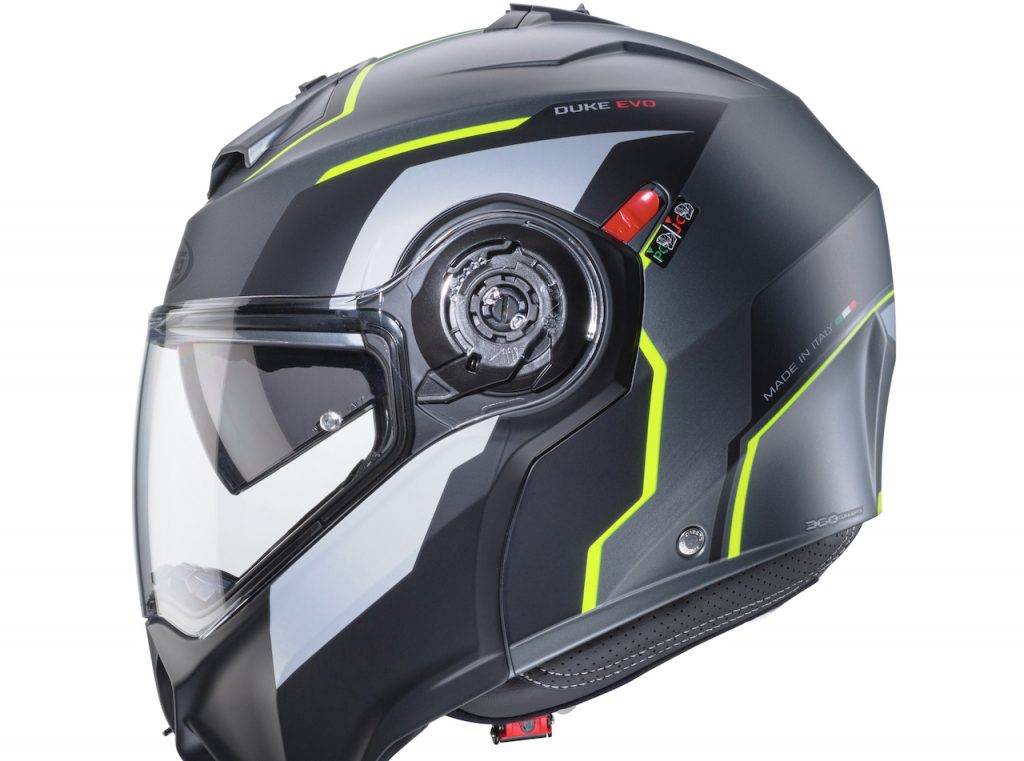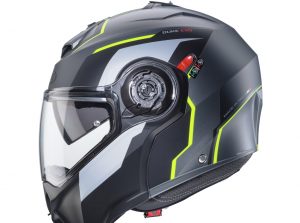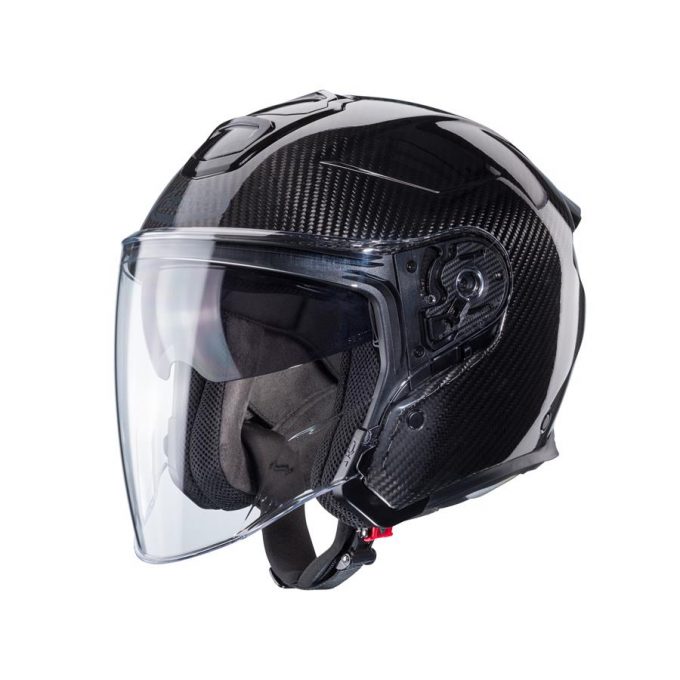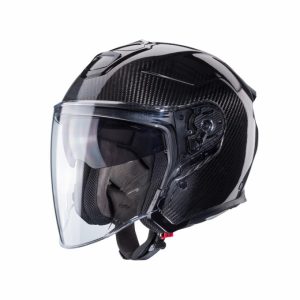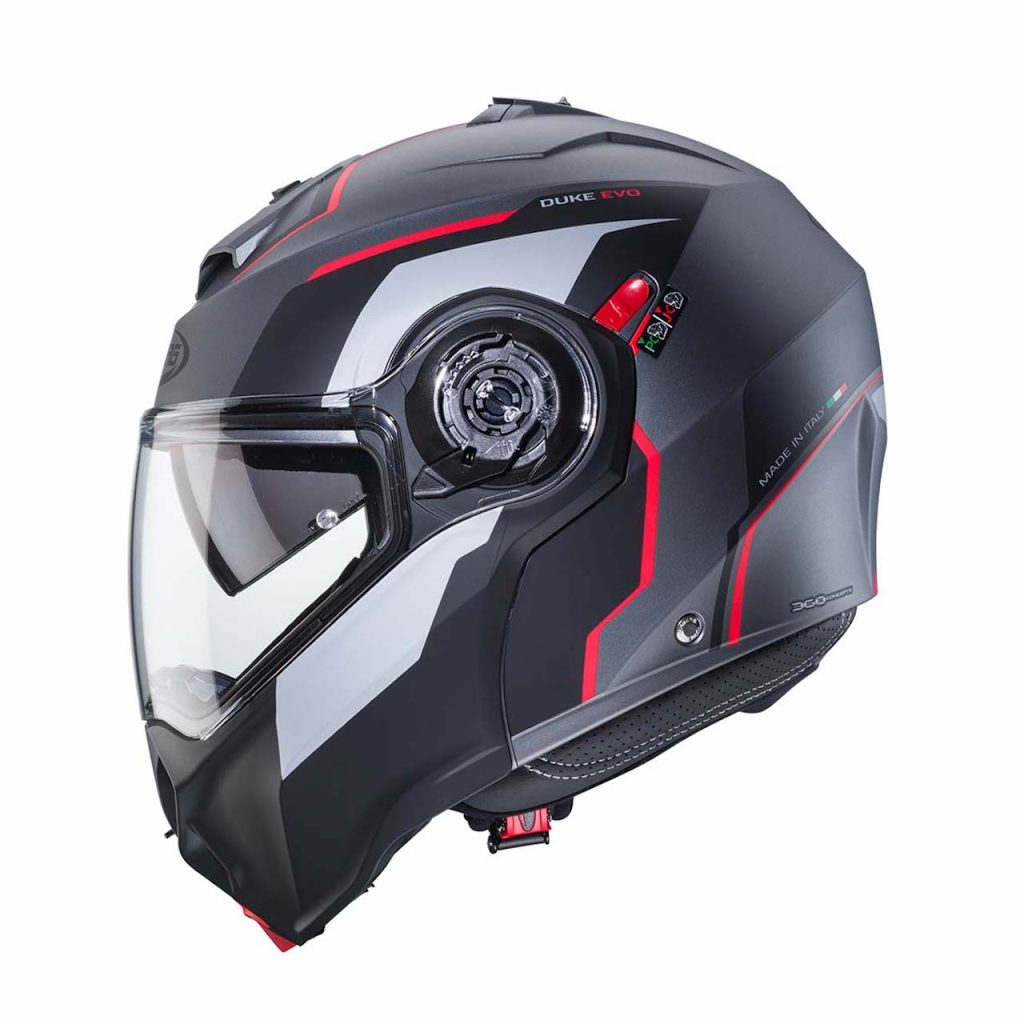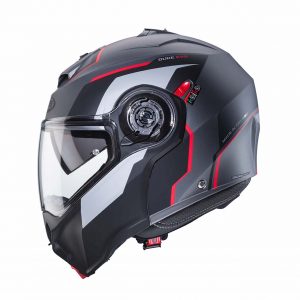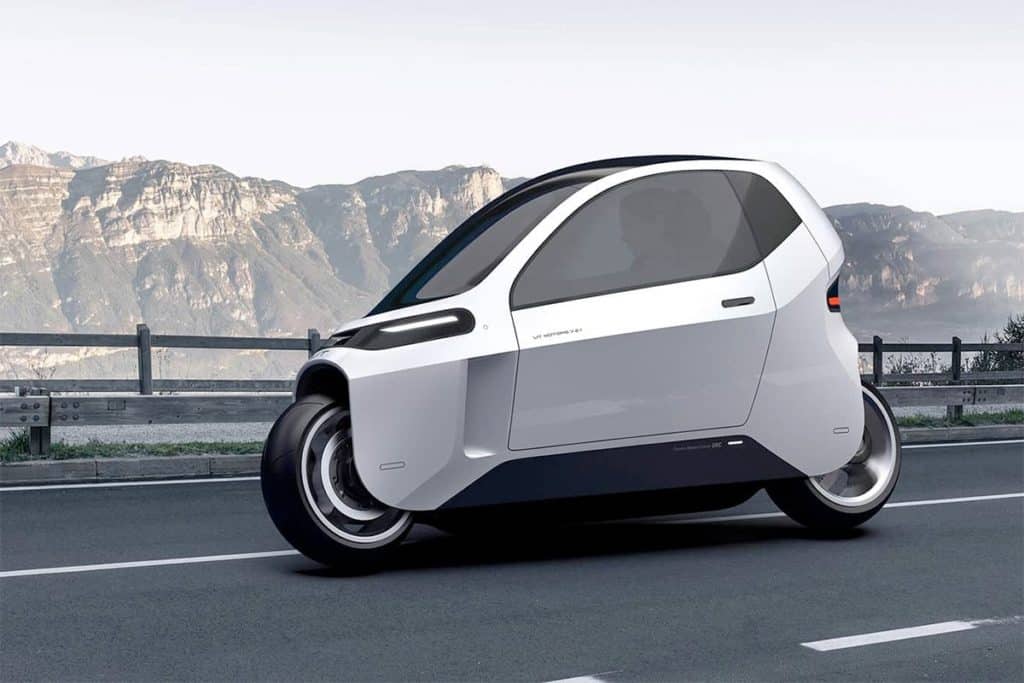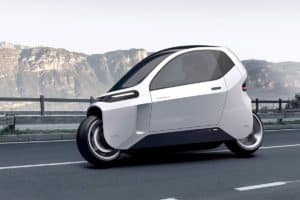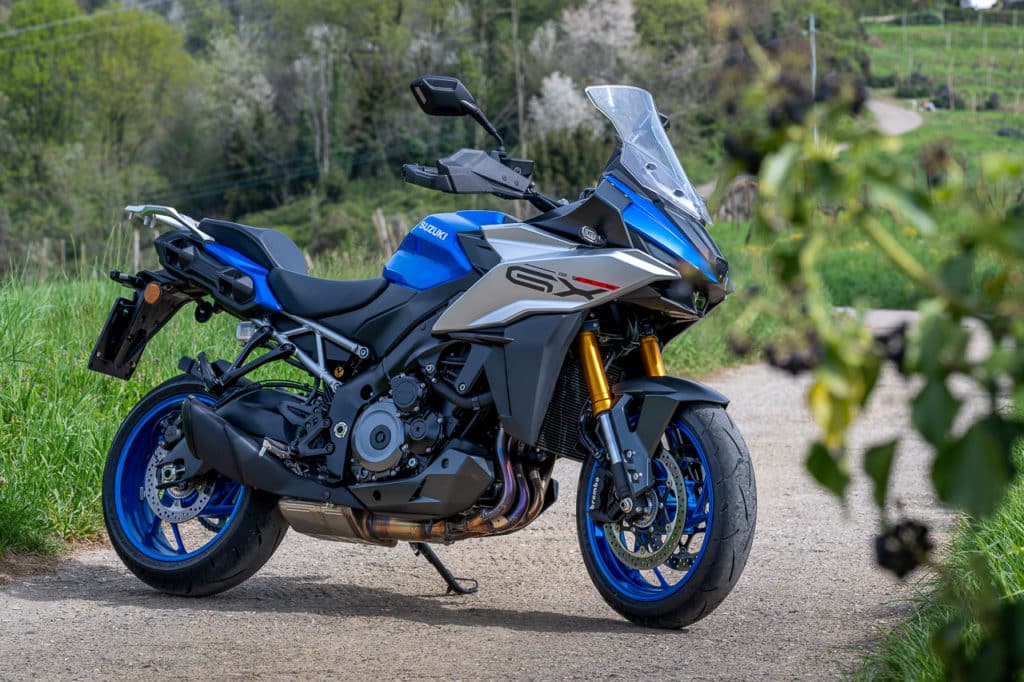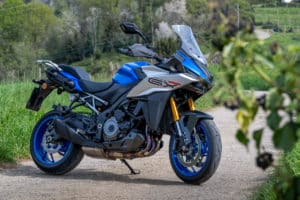Tiger 800 XC SE MY 2014 – Road test
The smallest of the Tigers, in the more enduro XC version
They are the dominators of the market, scooters aside, as faired sports cars once were, then naked ones, now them. The "anomalous" success of the GS from BMW is now famous and well-known. Today, manufacturers offer various solutions in the enduro sector, both in terms of engine capacity and configurations, each one tries to carve out a space for itself with products that are different from the others. As Triumph has 3 displacements of its three-cylinder engine in the price list, from the 800 of our test up to the 1200, passing through the "intermediate" 1050. The three models are then available in different versions, such as the Tiger 800, available with alloy wheels, with a 19" front, but also in XC setup, more suited to off road and with spoked rims,front from 21 and other specific details. New for 2014 is the Special Edition, with dedicated colouring, which we are about to tell you about in our road test.
Aesthetics and finishes:
rating: 




The details and special finishes give it an additional touch of aggression

Presented at the latest edition of Eicma, the Triumph Tiger 800XC Special Edition MY 2014 is characterized by a dedicated color, Volcanic Black with red highlights, combined with details in matt Diablo Red, and a wonderful black handlebar which, let us remember, on the XC is wider than that of the Tiger 800. This combination also continues with the color of the frame, which is red, and other details, such as the protection of the exhaust terminal and the grab handles , black in colour. Out comes a Tiger 800XC even more aggressive, and decidedly captivating in its look. For the rest it remains faithful to the starting point, with that tubular trellis frame, with the two overlapping tubes, Triumph trademark present on various models. The omnipresent beak/front mudguard is a peculiarity of the XC version, while the “standard” does not have it. The other biggest differences are the spoked rims, with the front going from 19" to 21, a size more suited to off-road use. Also from this perspective are the engine protection in the lower part and the hand guards. The rear part of the bike is particularly "lean" and streamlined, especially when compared with one of its main competitors, the BMW F800GS which in other ways it closely resembles, but which in that section is affected by the presence of the tank, which is instead positioned frontally in the most classic of solutions on the small Tiger. The fairing/windscreen is small in size, and the aerodynamic protection is equally limited, and its angle can be adjusted, even if only slightly, by acting on the lateral fixing screws (optional). The larger version is available on request, both in height and width. The black aluminum rear swingarm is beautiful, with those longitudinal ribs which, in addition to making it more rigid, give it an aggressive appearance. By definition the engine in non-faired motorcycles is a central element of the aesthetics, on the Tiger it is even more evident, given the shape of the frame, which leaves it completely exposed. The in-line three is simple and well looked after, painted black, with contrasting hardware. Someone could have fun by finding red anodized ones, to match the color of the frame. Among the original accessories there is the oil cap, red or black. In the lower part there is theexhaust system, three in one, which passes under the right side of the engine, protected by a black shell, but you can also choose one in brushed aluminium, available as an accessory. The exhaust system ends on the right side of the bike, with a pleasant exhaust pipe. Worthy of note, given that in many other cases the terminals seem to be purposely made clumsy, big and ugly, to be replaced by versions offered as options or with after market products.
Engine and performance:
rating: 




Glass half full or half empty?
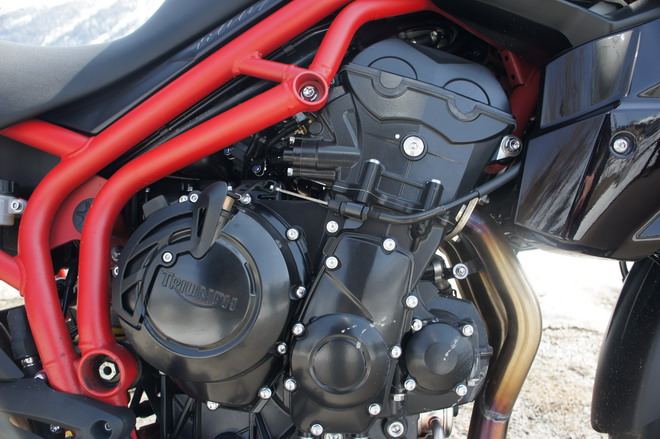
The 3-cylinder is derived from the 675 of the small sports cars from Triumph, from which it differs in terms of stroke, which goes from 52,3 to 62 millimetres., the bore of the cylinders remaining unchanged, 62mm. In combination with electronics revised for the occasion, which makes therounder and fuller delivery at low revs. Power drops to 95 horses, while the 675cc from which it derives releases from 105 to 126, with high revs, up to 12.600 rpm in the case of the Daytona. The 800 stops instead at 9.300 rpm, with torque of 79 Nm expressed at 7.850 rpm. On the Street Triple the Nm are "only" 68, at a much higher speed of 9.200. Read in these terms one would expect an engine with the same qualities as the one from which it derives, but with a more decisive thrust at low revs. While driving you realize that it's all true... in part. Self on the one hand it is certainly more ready between 3 and 6 thousand rpm, the 3 cylinder In this respect, however, it remains far from the performance of a classic twin-cylinder, a solution that is by far the most used for an enduro motorbike, but it loses that "malice" explosion at the highs, which instead characterizes the 675 version mounted on the Street Triple and Daytona. In essence it is a compromise, which can please or leave you dissatisfied. We assure you that, even comparing opinions between us after trying it, they were often conflicting. In daily use the Tiger 800 is versatile, an excellent solution in terms of performance, both for the city and for winding roads, perhaps at its best on the motorway, with few vibrations and a decidedly less intrusive and annoying sound, even after traveling many kilometres. The limits, on the other hand, appear more evident when the pace increases, because to keep up with larger bikes you have to "pull the neck". However, there are those who see this as a flaw, while those who enjoy driving like this are much more fun. In off-road use, especially at low speeds, it is not uncommon for the "couple" of a twin-cylinder to be missing. If you don't adapt your driving style, keeping it a little "cheerful", it isn't that difficult to make it shut down when maneuvering from a standstill on dirt roads. Against the in-line three has compactness among its qualities, which is no small feat in off-road use, where the centrality of the masses is fundamental for handling and ease of driving.
Ride and handling:
rating: 




Small and streamlined, it is easy to drive and is also excellent on the road, as well as on dirt roads
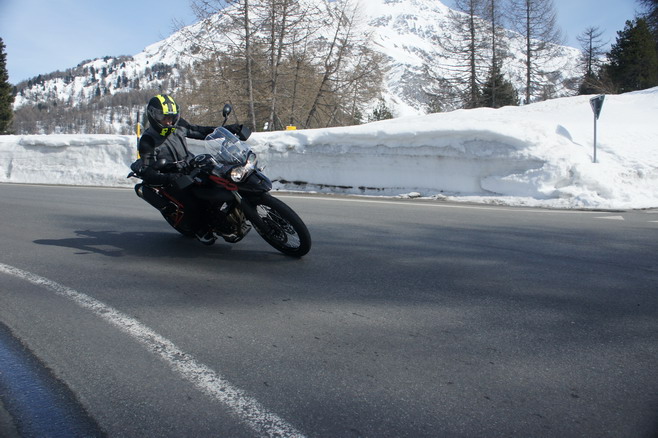
If you choose an enduro 800 you don't do it just for the price or not to exceed in performance, but you do it above all for the ease of driving and usability in every situation of the smallest and lightest motorcycles. The Triumph Tiger 800XC in particular, even among its competitors, is one of the "slenderest", as well as light and well balanced. In the city you can slide everywhere as you would with a small scooter, only the wide handlebars can be a bit of an obstacle in the narrowest passages between cars. The 21 wheel is excellent off road as well as on bumpy roads or for getting on and off city sidewalks. Once you get on the motorbike you appreciate the excellent and complete instrumentation, small and essential in design, it has only one flaw: it cannot be operated from the handlebars, but you have to remove a hand to reach the buttons. The controls on the handlebar also demonstrate excellent ergonomics, they are simple and well laid out, it takes a moment to understand and use them. Aerodynamic protection aside, but this can be remedied with the larger windshield, the riding position is almost perfect, both for long journeys, where the wide handlebar is particularly appreciated, but also for all other situations. In the city it is easy to handle and light, one might say even more than the declared figure, which is 215kg, 5 kg more than the standard Tiger, due to the protections and the different rims adopted. Same pleasant feeling of lightness and easy control of the vehicle even off road. It's just a shame that theABS, standard, both can be deactivated from the menu, but with a rather complicated procedure, to be repeated every time the motorbike is turned off and on again, because by default it always remains on. For the rest thebraking system is excellent, as usual with the motorbikes of the English company, uses two 308mm discs at the front, with double-piston calipers, a single one instead for the 255 rear disc. The saddle is height adjustable, from 845 to 865 mm from the ground. Excellent padding, with good comfort for both driver and passenger. The center of gravity is not among the lowest, but we must say that it is only noticeable during stationary maneuvers where, if you do not have good support on the ground, you easily risk losing your balance and having to make a great effort to avoid place the motorcycle on the ground.
Price and consumption:
rating: 




One of the best, but with a reasonable price and honest consumption and costs
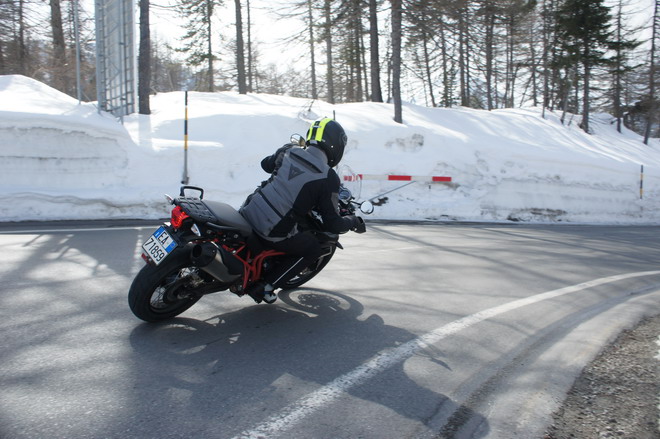
The “standard” Tiger 800 starts at 10.190 euros, a thousand more for the XC, another 100 for the Special Edition of our road test. All in all, it remains a reasonable price. slightly lower than its main competitors, with a decidedly captivating look. The central stand is optional, as is the brushed aluminum engine protection, a must if you intend to use it on "severe" off-road terrain. Offered at just over 200 euros each. Consumption is good, although some of 's competitors have gone further. Depending on the pace and driving style, the speed goes from 15 km/l up to 18-20 with more careful driving. On the motorway at legal speed we are around 17-18 km/l.
PROS AND CONS
We like it:
Aesthetically successful, even more beautiful look in the SE color. Easy to handle and light to drive.
We do not like it:
The three-cylinder is an excellent compromise, but it lacks a bit of character.
Tiger 800 XC Special Edition MY 2014: the Motorionline Report Card
| Motor: |      |
| Handling: |      |
| Gearbox and transmission: |      |
| Braking: |      |
| Suspensions: |      |
| Guide: |      |
| Pilot comfort: |      |
| Passenger comfort: |      |
| Equipment: |      |
| Quality price: |      |
| Line: |      |
| Consumption: |      |
Test clothing:
Jacket: Dainese G. Ridder Gore-Tex
Trousers: Dainese P. Travelguard Gore-Tex
Gloves: Dainese Scout Evo Gore-Tex
Boot: Dainese Carroarmato Gore-Tex
Helmet: Caberg Duke Legend
if you want to always be updated on our news
Follow us here

